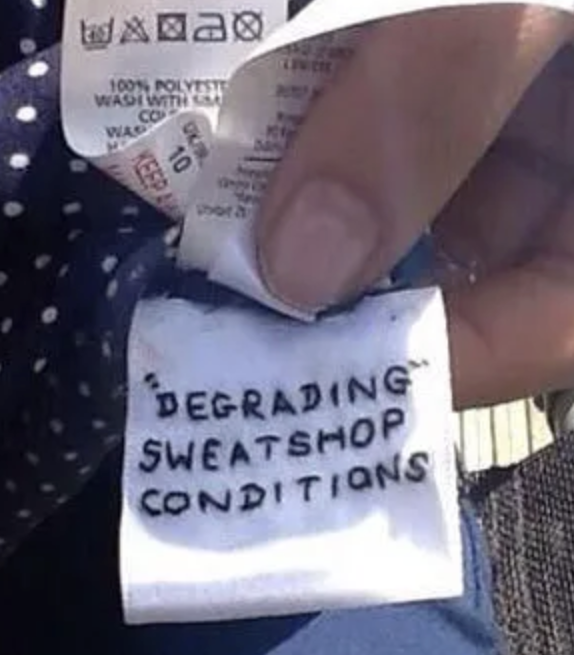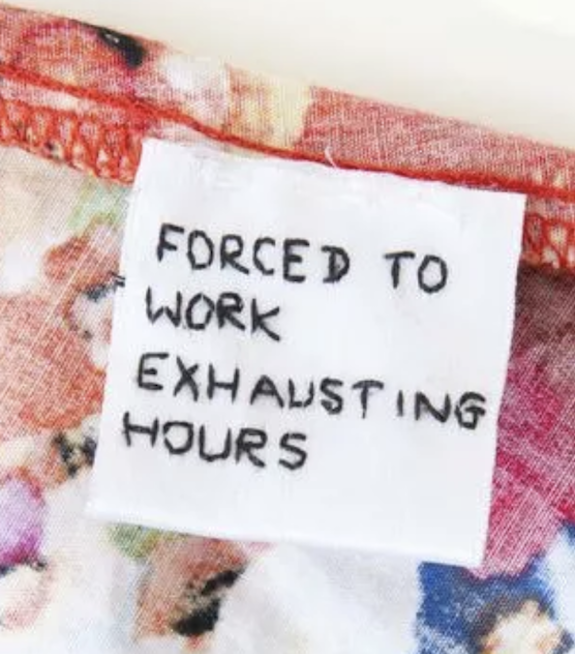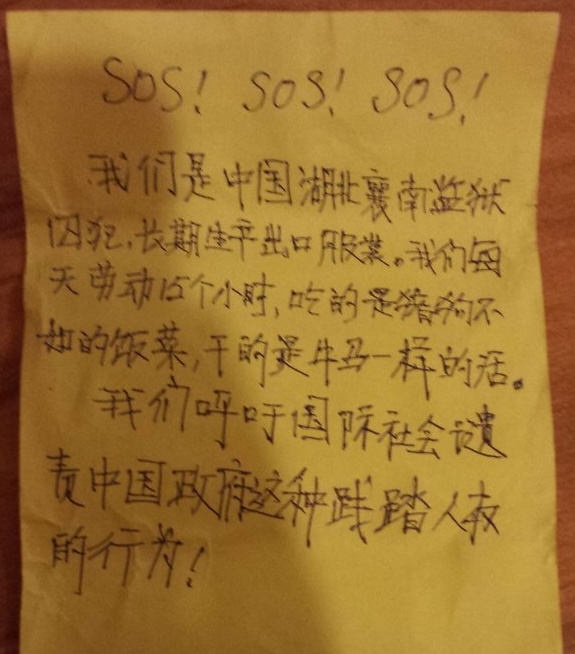
followthethings.com
Grocery
“B’eau Pal Water“
A spoof commodity-based activist campaign created by the Yes Men and the Bhopal Medical Appeal.
Video playlist embedded above posted on YouTube by the Bhopal Medical Appeal.
It’s the 25th anniversary of the Union Carbide chemical factory explosion in Bhopal, India. It’s the worst industrial accident in history. 3,700 people died immediately. Between 8,000 and 25,000 people had died since. And up to 200,000 were permanently injured and countless more continued to be affected by the leaching of toxic chemicals into the water table. Still, the factory’s owners (Dow Chemical, who bought Union Carbide) refuse to pay compensation. So the Bhopal Medical Appeal get together with pranksters the Yes Men to design a new brand of bottled water. It’s a mineral water. B’eau Pal Water. A taste of Bhopal. “Bottled at source”, they say. Presented in a beautifully designed bottle. The Yes Men travel to Dow’s UK HQ to challenge its executives to drink it, just as Bhopal residents have for the past 25 years. When they arrive, the building is empty. Why won’t they drink this? When they offer it to passing members of the public , everyone understandably refuses once they know what’s in it. So is this campaign a success? Does it draw renewed attention to this long-running scandal? Is it OK that what they’re doing is ridiculous, funny, and that people are disgusted but also laughing about this prank? The Bhopal explosion wasn’t funny. So is this prank in poor taste? Is it offensive? Or can its humour embarrass Dow and bring the Bhopal factory explosion back into the news cycle? Can offering people a fancy bottle of toxic mineral water that they would never drink bring them closer to the people living in Bhopal who have no choice but to drink it? What’s the logical response to this? What has to happen to make this situation right? This bottled water later becomes a potent symbol of the compensation campaign at the 2012 London Olympics – where Dow is a corporate sponsor and a Bhopal survivor challenges the chair of its organising committee to drink it – and in Bhopal itself, when the victims and their families invite the Indian politicians and scientific advisors who had dismissed their complaints about contamination to a buffet of toxic delicacies including bottled B’eau Pal Water.
Page reference: Jack Parkin (2018) B’eau Pal Water. followthethings.com/beau-pal-water.shtml (last accessed <insert date here>)
Estimated reading time: 44 minutes.
Continue reading B’eau Pal Water


